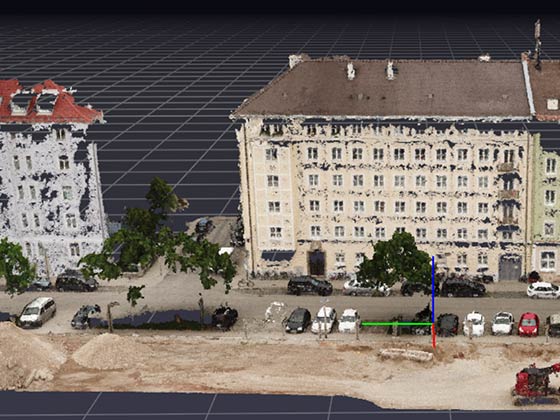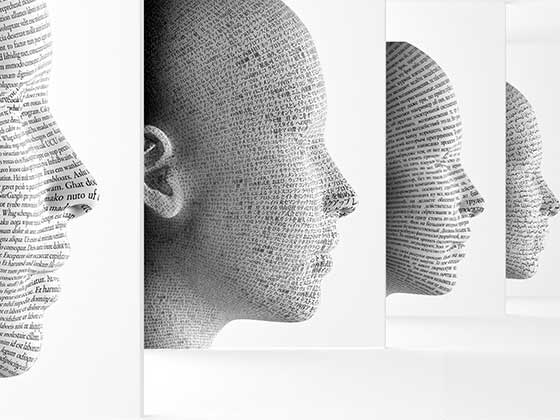NLP – Understanding scientific language
a Supper & Supper Use Case
Other Use Cases in this category
Application of Deep Learning to 3D Point Clouds Use Case lesen
Crowd Control - Using AI to track people counts Use Case lesen
Natural Language Processing applied on a job platform Use Case lesen






